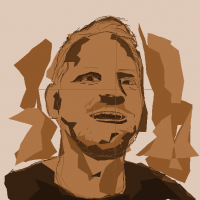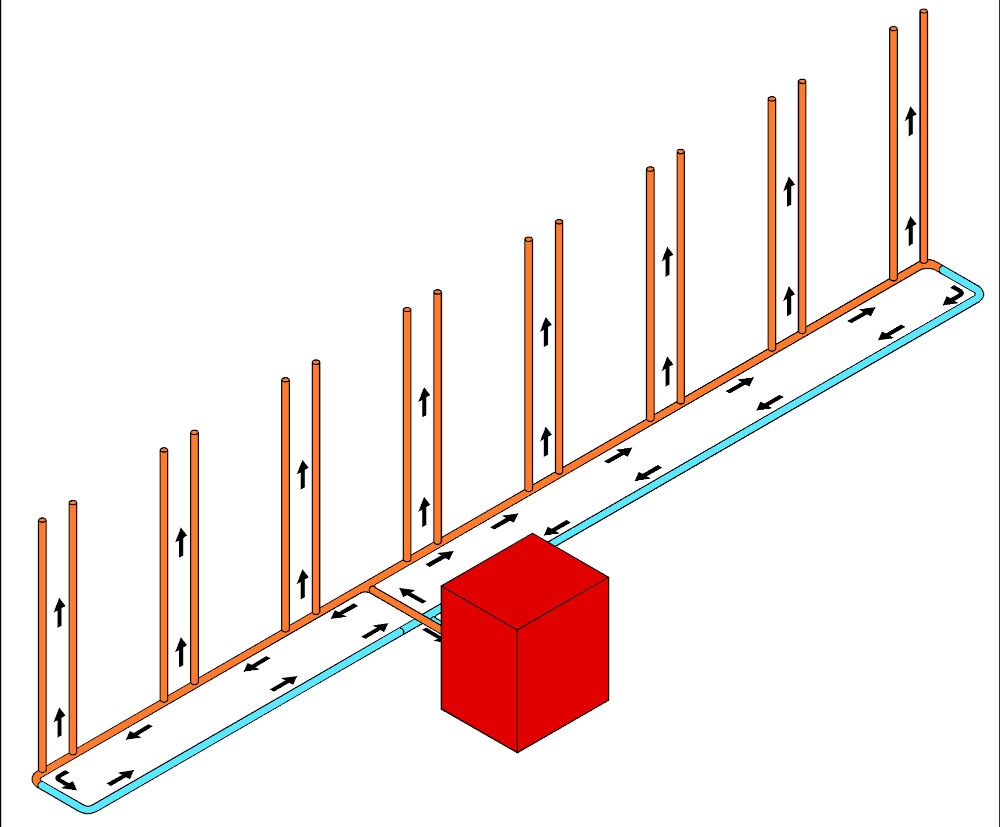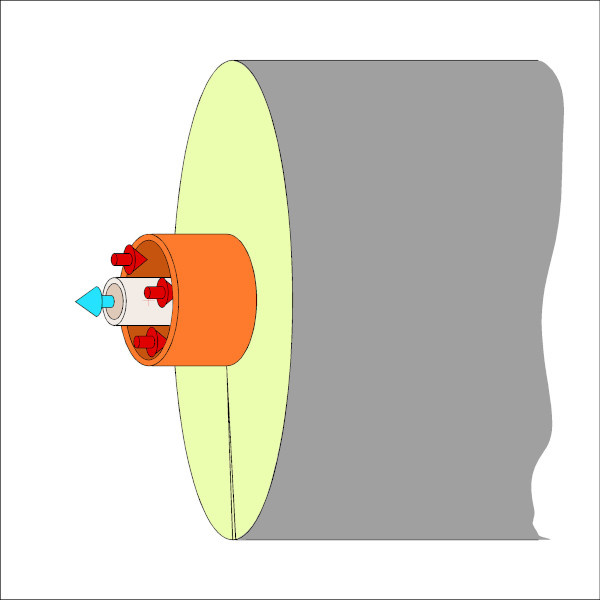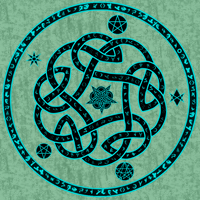Hot Water Recirculation shenanigans
 Lillhans
🖼️ 7 images Surveyor
Lillhans
🖼️ 7 images Surveyor
So, essentially, I've had to put mapping on halt for a few because it is required that I produce a bulk of text which - apparently - must have some degree of academical merit to it.
As it quickly turned out, 99% of the illustrations in the theoretical body of work are 100% indicative of engineers being engineers first, and (somtimes reluctant) illustrators second. Which is sad, beacause heat transfer in concentric cylinders deserves a touch of elegance - even if it isn't the most complicated subject matter.
And what better way to sprinkle the paper with elegance than by delicious, crisp polygons?
Yes, yes; absolutely massacred the perspective of the exerior tube - but look at the COLOUR KEY at work!











Comments
I just love everything you can do with CC3+ thanks to its CAD roots. I've lost count of how many weird things I've done with it that doesn't have anything to do with mapping (Well, I guess some of them can be called mapping in a very wide definition of the term).
If I'd had CC3 in it's current format when I was doing my beach profile surveys for the practical part of my Biology A level back in the 80s, there would have been some pretty spectacular diagrams.
Ah, the good old days..
Anyway! These look good! The only thing I think you're missing is to show how the second and third drawing go together. Your colour keying makes it obvious how the first and second do. Maybe take the colouring one step farther and make your R / r and what they're referring to the same color?
Oh heat transfer is elegant. :)
As for the images, the second is the system prior to introducing recirculation to the vertical lines, so they are a bit un-related. In reality, the top schematics is representative of this:
Basically it's a house from the Million Homes effort (of the 60's-70's) which was in desperate need of recirculation for the vertical lines to combat failing tap-water temperature. All in all, the total extent of the circulating hot water line was increased by 160%, by connecting the horisontal recirculation with the vertical lines by way of the pipe-in-pipe solution. The zero-loss coming from the vertical internal lines, combined with less straining outgoing temperature levels meant the overall energy loss increase was "only" 100%, but the per-meter loss went down by 20% so that's quite nice at least. Would have been nicer to go from separate vertical lines to the pipe-in-pipe solution, but it's a completely bonkers pre-oil-crisis system to begin with so bravo on them, I guess!
Pretty much the only redeeming quality of the cursed thing is that it is a 4 storey building with 5 000 square meters worth of roof where they can put up solar panels.
All great fun!
I use Inkscape for some vector stuff, but I actually prefer the way CC works in some instances. However, Inkscape's (or similar) traditional stroke and fill methodology makes it easy to apply outlines to shapes. @Lillhans, would you mind sharing how you did the outlines to the polygons? And also, did you use FILLET to get the rounded corners?
Thanks in advance!
Rounded corners are all Trim & Fillet. The outline actually came first, drawn entirely separate from the fill. Either way you go, TRACE is the ticket. I do prefer outlines first however since the contour typically is a matter of Line-to-path:ing anyway
Here, using up to three sheets for contours and fills, each, means I don't have to worry too much about cutouts in the back for to accommodating in-front bits.